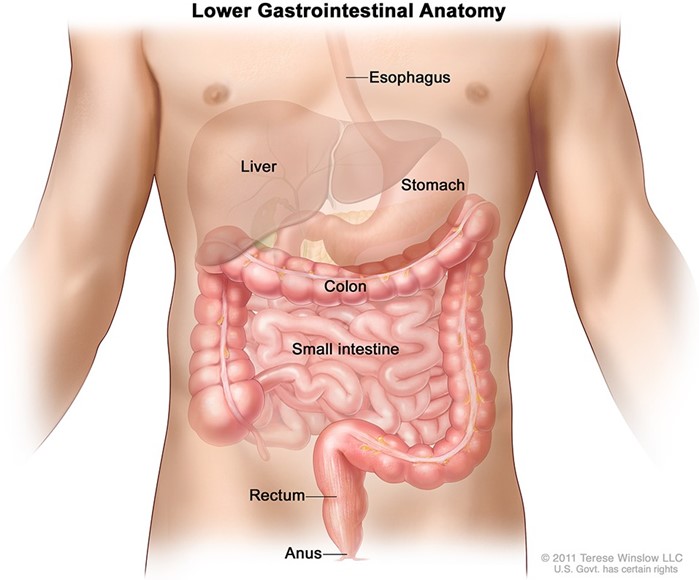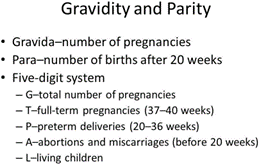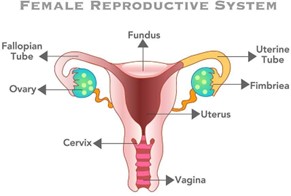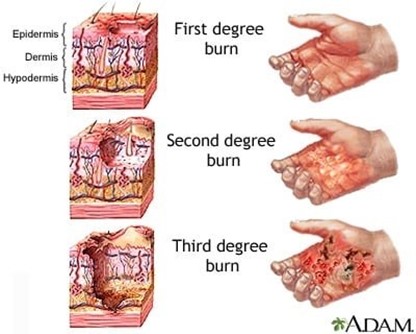The practical nurse (PN) is caring for a client in the preoperative holding area who is waiting for abdominal surgery. The client tells the PN about feeling afraid and anxious because of the surgery. Which technique is best for the PN to assist the client to use while waiting for surgery?
Mindfulness.
Guided imagery.
Biofeedback.
Cognitive reframing.
The Correct Answer is B
Guided imagery is a technique that can help the client to relax and reduce anxiety by imagining a peaceful and calming scene. This technique can be helpful for clients waiting for surgery to reduce stress and promote relaxation.
Option A (mindfulness) may also be helpful, but it may require more practice and preparation than guided imagery.
Option C (biofeedback) may not be feasible in the preoperative holding area, and
Option D (cognitive reframing) may not be helpful in the immediate preoperative period.
Therefore, options A, C, and D are not answers because they may not be the most effective technique to help the client in the preoperative holding area.

Nursing Test Bank
Naxlex Comprehensive Predictor Exams
Related Questions
Correct Answer is D
Explanation
The practical nurse (PN) should first massage the fundus and expel retained lochia and clots to help the uterus contract and prevent postpartum hemorrhage.
Taking the vital signs and opening the IV infusion rate of oxytocin (A) may be necessary but not as urgent as massaging the fundus.
Notifying the registered nurse (RN) that the client's bladder is distended (B) is not relevant to addressing the client's boggy and displaced fundus.
Putting the infant to breast to suckle and stimulate oxytocin secretion (C) is a valid intervention, but it is not the first priority when the client's fundus becomes boggy and displaced above the umbilicus.


Correct Answer is B
Explanation
The priority action for the practical nurse (PN) to take while caring for a client that has just arrived in the emergency department with 2nd degree thermal burns to the right thigh, lower leg and foot, and reports severe pain in the right leg is to remove clothing and cover the burned area with a cool damp cloth. This will help to cool the burn and reduce pain.
Anticipating rehydration of 1000 mL/6 hr. with normal saline (Option A) is an important intervention for burn patients, but it is not the first priority. Completely flushing the burned area with water or sterile saline (Option C) may be appropriate in some cases, but it is not the first intervention that should be implemented. Collecting data such as vital signs, blood gases, height and weight (Option D) is also important, but it is not the first priority.

Whether you are a student looking to ace your exams or a practicing nurse seeking to enhance your expertise , our nursing education contents will empower you with the confidence and competence to make a difference in the lives of patients and become a respected leader in the healthcare field.
Visit Naxlex, invest in your future and unlock endless possibilities with our unparalleled nursing education contents today
Report Wrong Answer on the Current Question
Do you disagree with the answer? If yes, what is your expected answer? Explain.
Kindly be descriptive with the issue you are facing.
